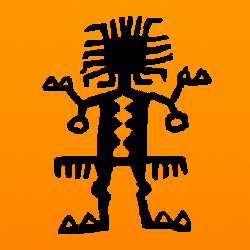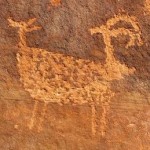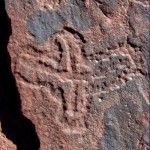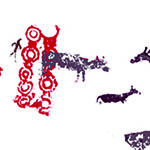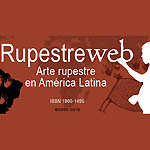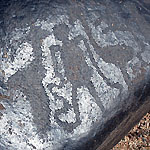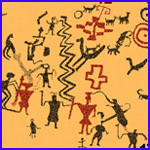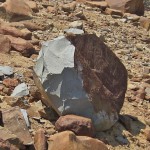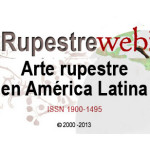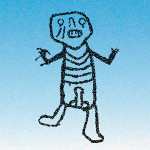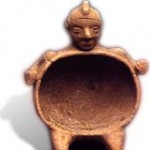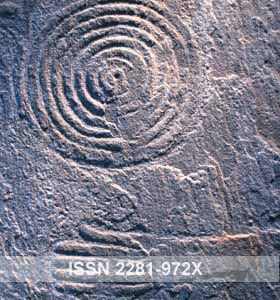Instrumentos musicales rara vez se han representado en el arte rupestre. Por lo tanto el descubrimiento de tres (quizás cuatro) petroglifos de arpas – en dos casos tocando por arpistas – en una pared de roca en el desierto de Atacama de América del Sur, es excepcional. Ciertamente son petroglifos de la época posthispana. Musical instruments have only rarely been depicted in rock art. The discovery of three (perhaps four) petroglyphs of harps – two played by harpists – on a rock wall in the Atacama Desert of South America is therefore exceptional. They certainly are Post-Columbian petroglyphs.
By Maarten van Hoek

